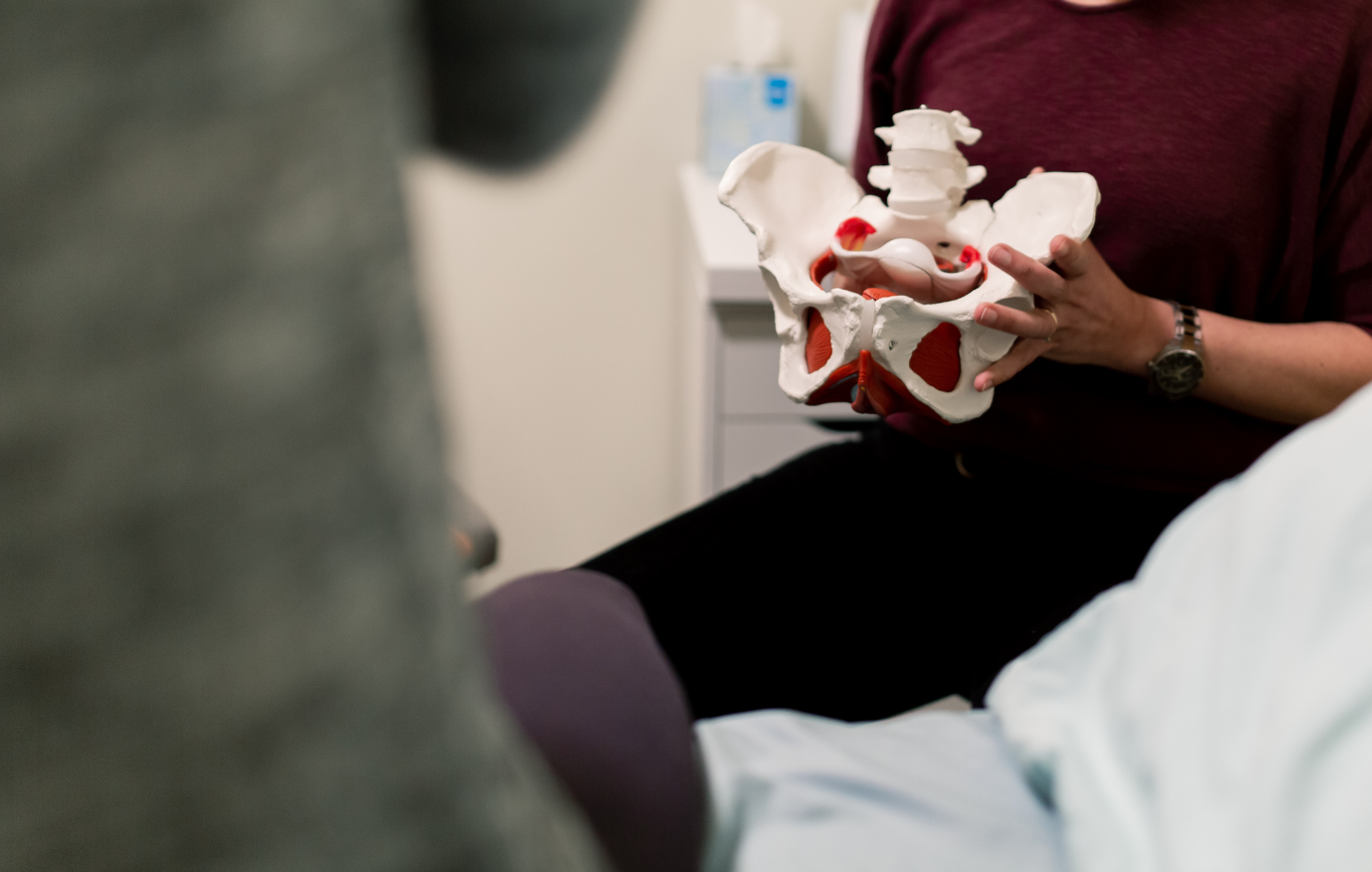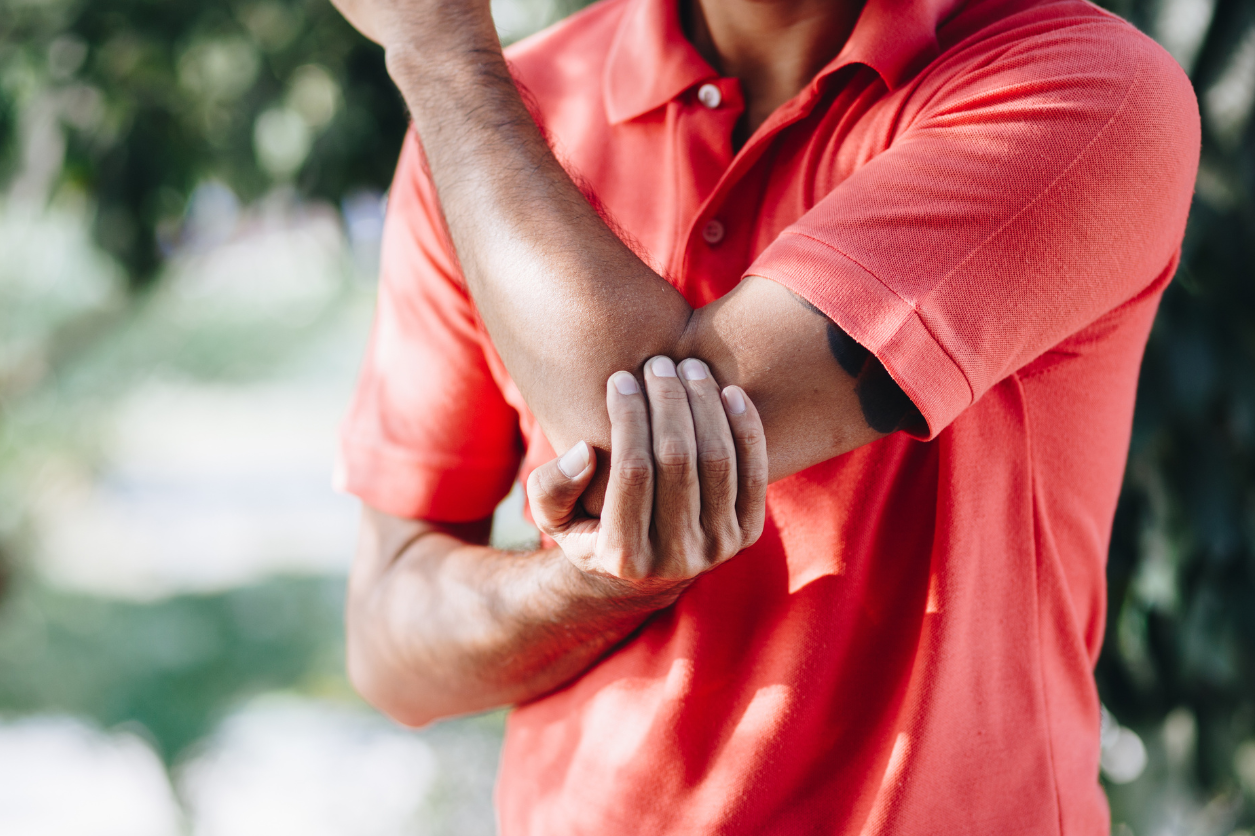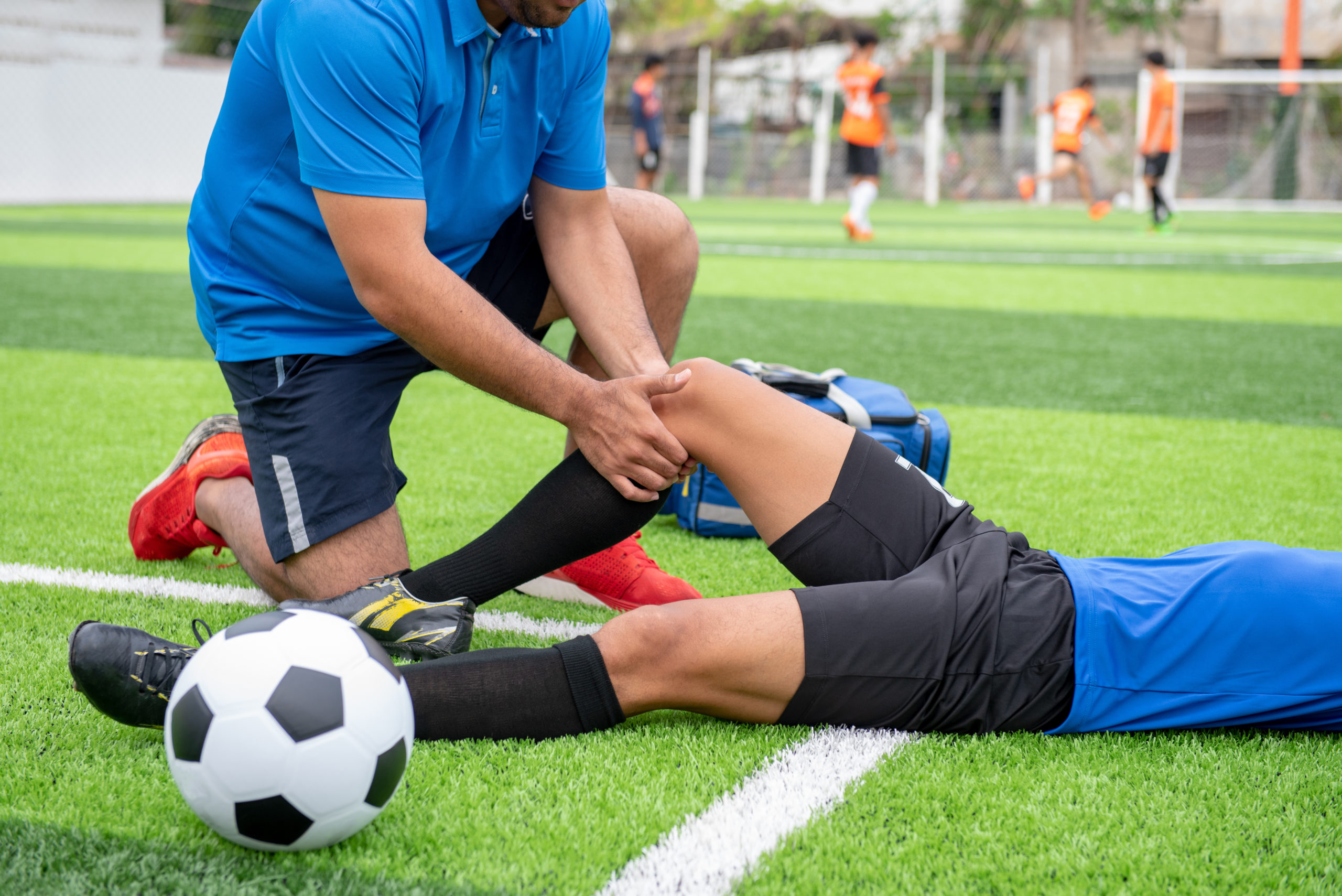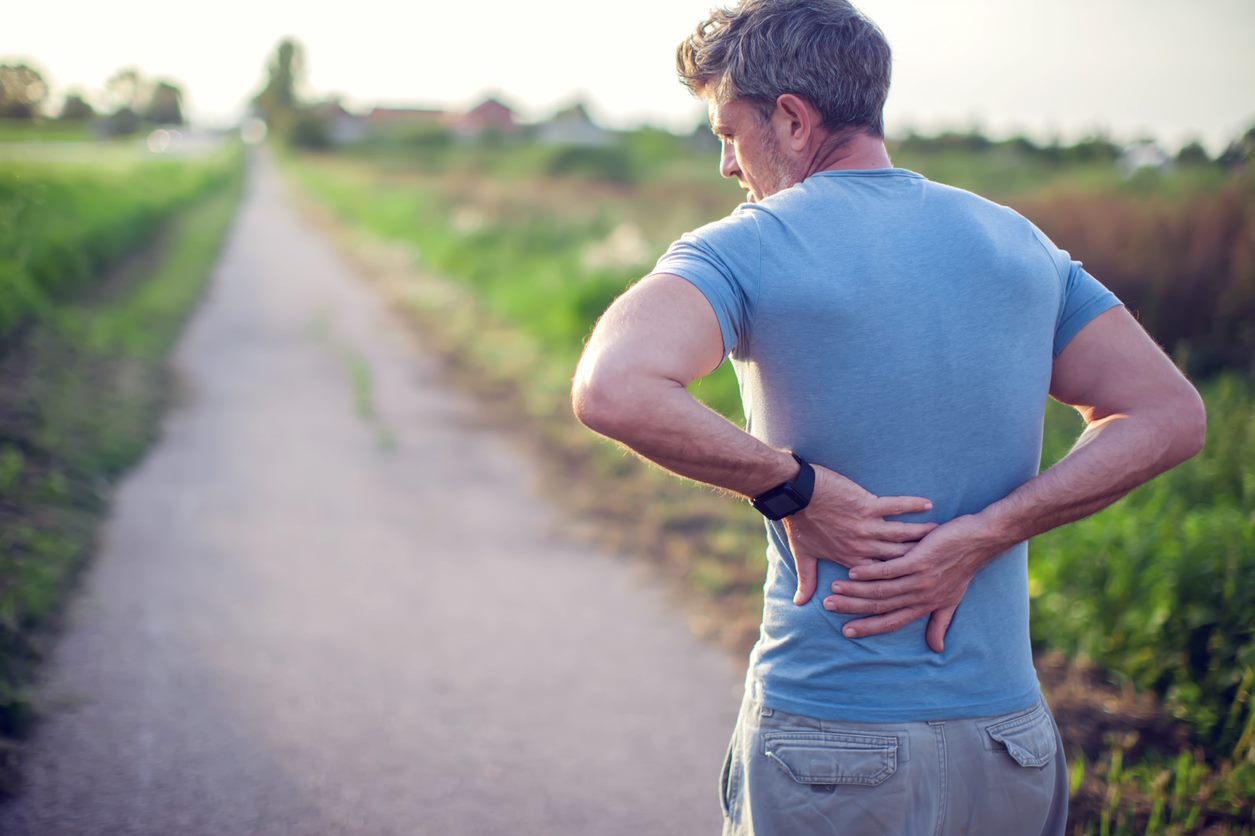
A woman’s life is typically marked by several unique life stages such as, menarche, pregnancy, childbirth and menopause. These stages are exclusive to women, and as such can provide specific challenges to a woman’s quality of life. One area of the body commonly impacted by these life stages, and the changes that come with them, is the pelvic floor. A group of small, but very important muscles, found at the base of the pelvis, the pelvic floor has a huge role to play throughout a woman’s life and is often overlooked. Pelvic floor dysfunction has been found to impact at least 25% of women at some stage of their life before they turn 80, and even doubles after this. Read more









